Tesla Powerwall 3 Rebate Now Available - Combine with Federal Subsidy Today
Tesla Powerwall 3 Rebate Now Available - Combine with Federal Subsidy Today
Posted 27 May
Recent news from the Australian Energy Regulator (AER) has showed us that electricity prices could rise by 9.7% in NSW, making cost-of-living even harder.
Electricity Prices NSW
In a recent news release, the Australian Energy Regulator (AER), who is responsible for capping what electricity retailers can charge, revealed that residential customers on current electricity plans could experience an increase of up to 9.7% in NSW in the 2025-26 financial year.
As a part of their determination, AER Chair Ms Clare Savage mentioned the difficulty of the decision along with ongoing pressures of the DMO (Default Market Offer) since the last determination back in 2024.
“We know this is not welcome news for consumers in the current cost-of-living environment. As noted in our draft determination, sustained pressures across almost all components of the DMO have driven these price rises, with wholesale and network costs rising in most jurisdictions between 1% and 11%, and retail costs between 8% and 35% compared with last year.
“Since the draft determination we have used our compulsory information gathering powers to further scrutinise retail costs and refined part of this component of the DMO as a result,” Ms Savage said on Monday.
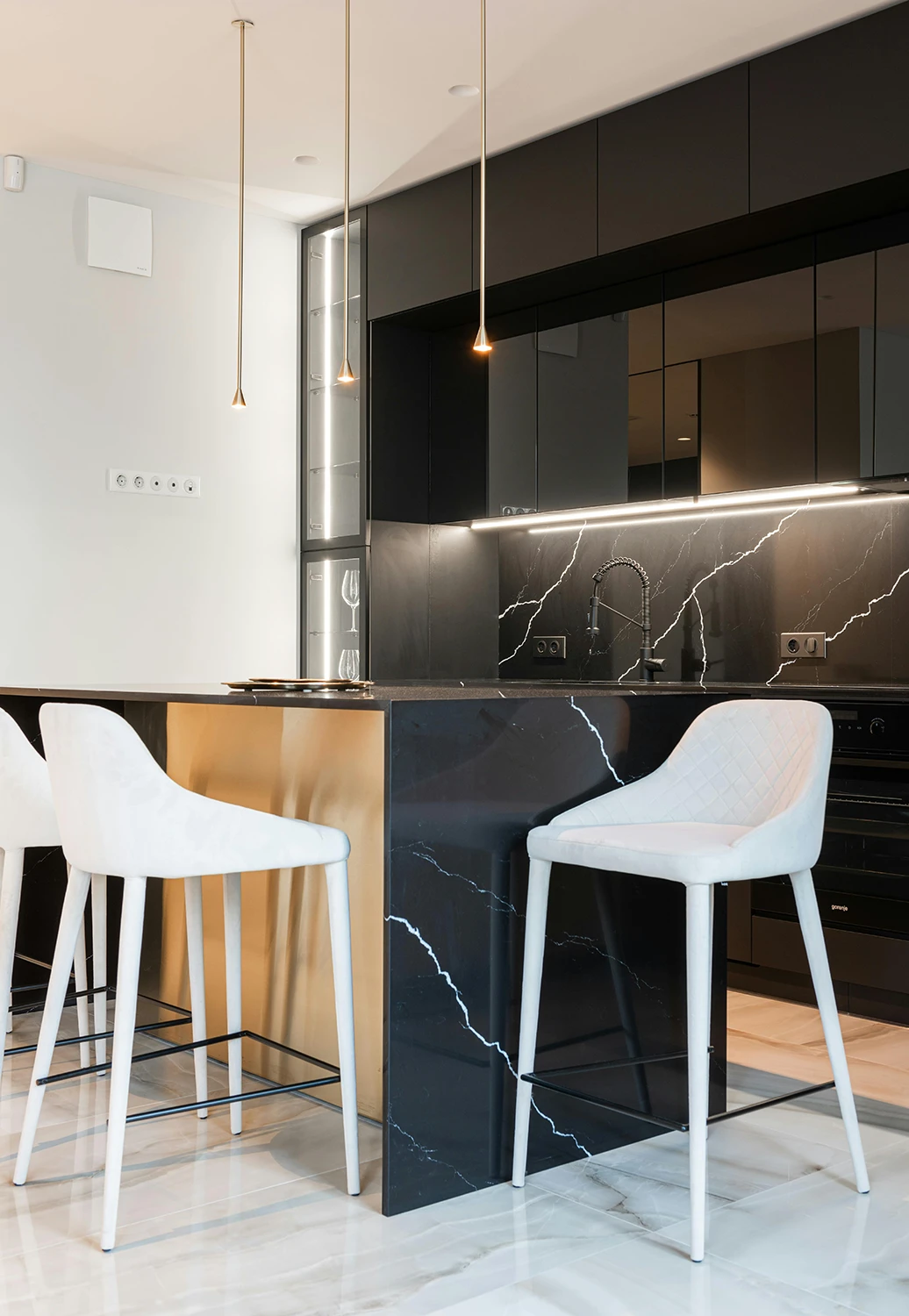
Courtesy of Max Vakhtbovycn on Pexels.
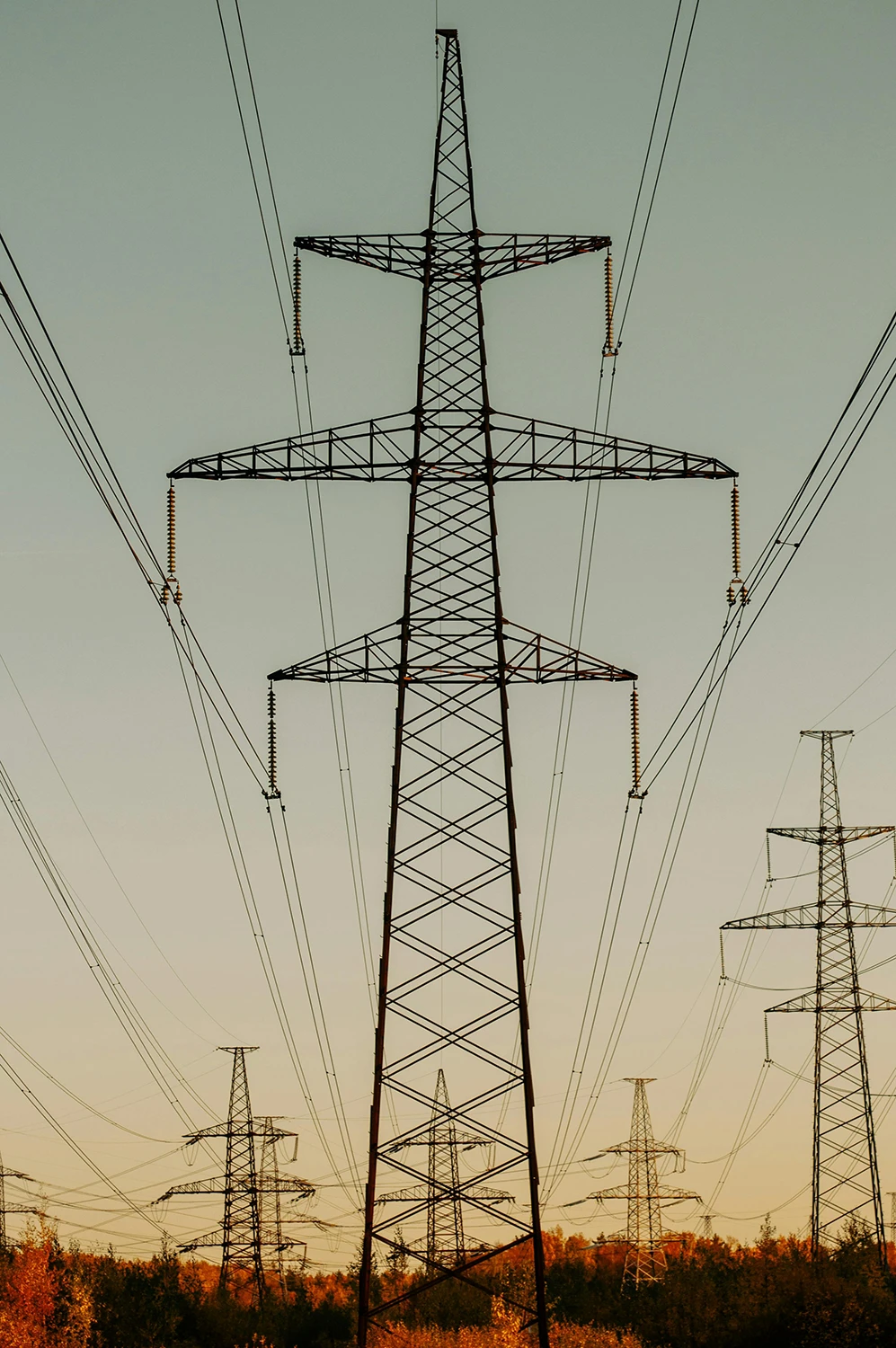
Courtesy of Сергей Рокантен on Pexels.
Australian Energy
The Default Market Offer (DMO) is essentially a ‘safety net’ that help protect customers for unreasonably high electricity prices. It is the highest price that a provider can charge on current plans for households and small businesses in NSW, QLD, and South Australia. This does not include customers on demand tariffs or small businesses on flex or TOU tariffs.
The Australian Energy Regulator is responsible for determining the DMO prices every year, which works as a reference price for customers who want to compare electricity plans between retailers.
The DMO price is typically not the cheapest offer throughout the energy market, as most retailers have better deals for customer savings.
According to the AER, it said that the upcoming price increases were a result of rising costs surrounding the various components like wholesale energy and networks costs that make up the DMO.
Final DMO 7 prices reveal that compared to DMO 6, NSW households without a controlled load will see electricity prices increase by 8.5% to 9.1%. Customer with controlled load will see prices increase by 8.3% to 9.7%.
Small businesses in NSW will also be affected with increases of 7.9% to 8.5%. QLD and South Australia are also seeing prices increases, but not nearly as high as New South Wales.
Retail costs were reported as lesser contributors to market drivers, which consisted of elements like growing costs reported by retailers, debts, implementation of smart meters, and in some cases, increased marketing costs to attract new customers.
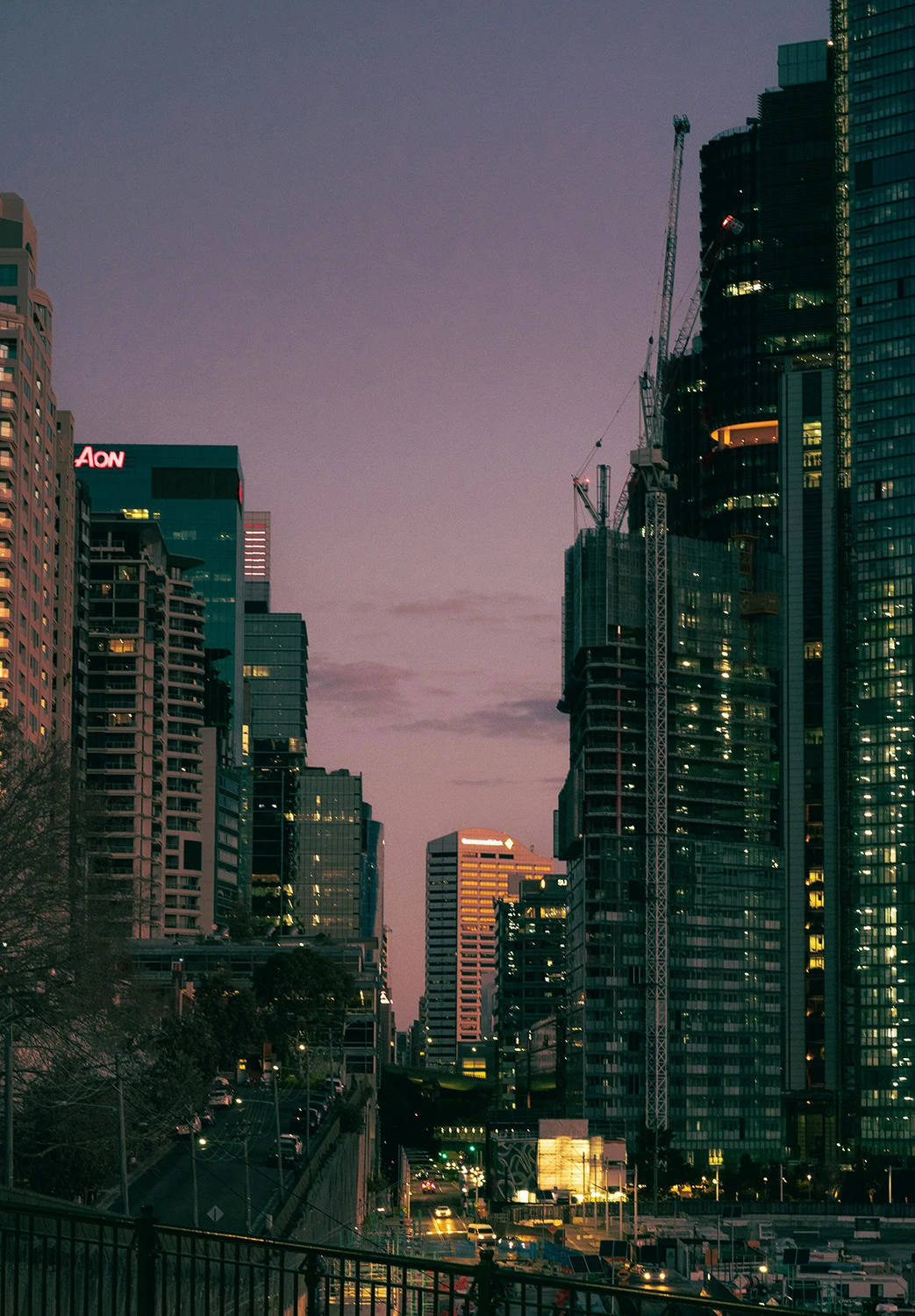
Courtesy of Georgios Tsatas on Pexels.
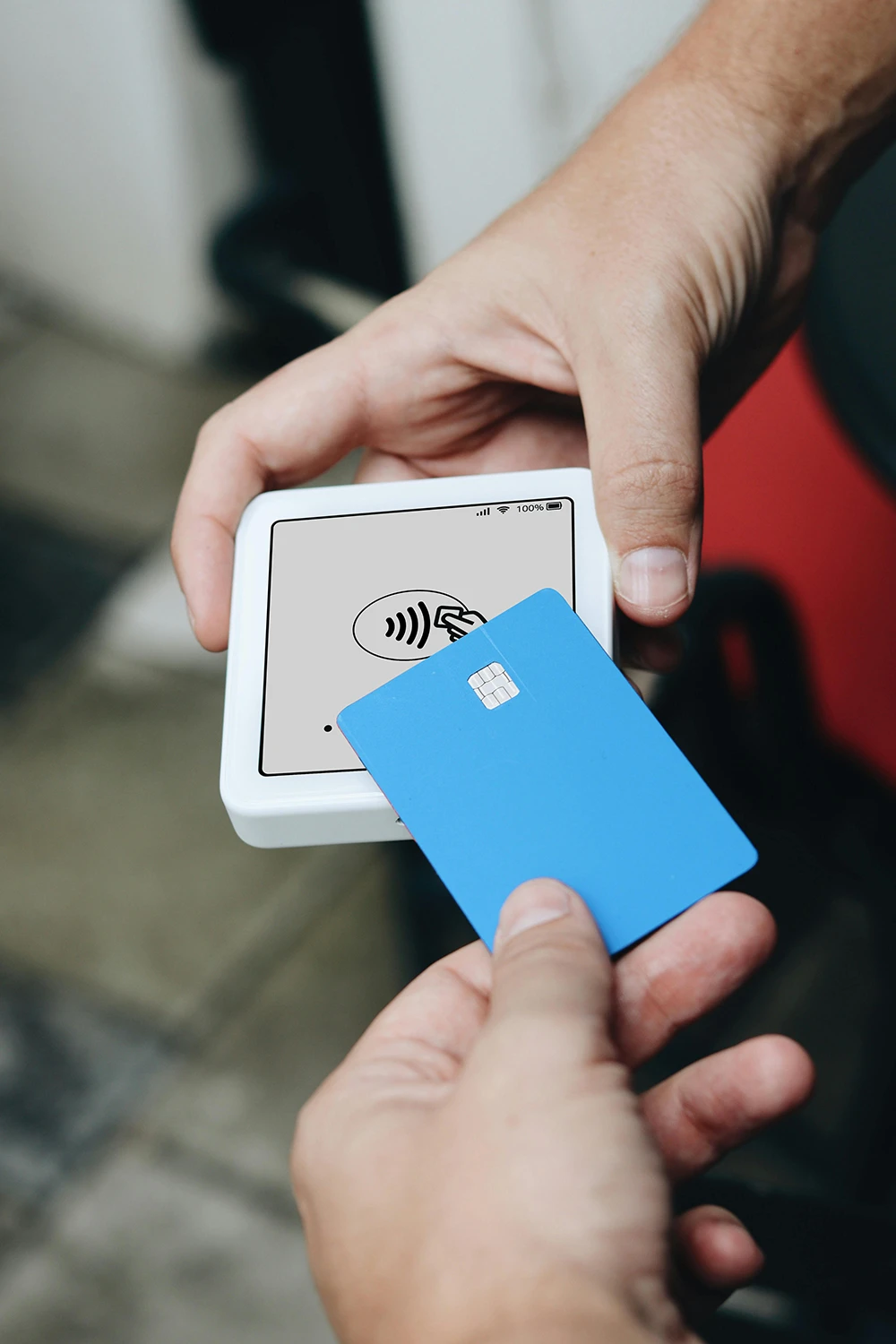
Courtesy of Sumup Payments on Pexels.
Australian Energy
Ms Savage also reiterated that there are better available offers that are under the DMO price, in which retails are legally required to support customers.
“While the DMO protects consumers on standing offers that can’t or don’t engage in the market, as of this month 90% to 95% of competitive market offers are below the current DMO price. On average, the lowest offers across DMO regions are between 18% and 27% cheaper.
“I strongly encourage all consumers to avoid staying on an old or uncompetitive plan. Contact your retailer to see if you can get a better offer or shop around. At least every 100 days your retailer must tell you on the front page of your bill if they can offer you a better deal."
Full breakdown here AER.
With electricity bills set to increase, it’s important for business and homeowners to know how they can reduce their grid consumption and avoid as much of the increases as possible.
We made an entire article around ways
to reduce your electricity bill and maximise solar,
but here’s a summary of how you can help reduce your bill.
|
|
|
Analyse your electricity usage By understanding when you use most of your energy, you can gain insight on how your timing could positively impact your consumption and energy bill. |
Self-Consumption instead of Feed-in-Tariffs Instead of feeding your solar energy into the grid for minimal return, households and businesses can offset their usage to the daytime instead of expensive peak energy prices. |
|
Find the Best Tariff and Energy Plan By comparing the electricity market, you can compare various energy retailers to ensure you’re getting the best one possible. |
Ensure your Panels are Clean Sounds obvious, but having clean solar panels will enable you to take full advantage of your system’s capacity and potential. |
|
Load Shifting Whilst more-commonly referring to solar energy periods, properties without solar can shift their high-consuming appliances to be used in off-peak periods instead of high demand periods. |
Expand or Replace your Solar System If you’re worried your solar is outdated or getting old, you can either upgrade it with more panels to increase power or replace it with a more modern solar system for increased performance. |
|
Invest in Energy-Efficient Appliances A simple way to reduce your electricity bill is to simply invest in energy-efficient appliances with high star ratings. |
Upgrade Your System with a Battery Adding a battery can really unlock your solar system’s potential by enabling continued access to solar, even once the sun has long-gone. |
If you're worried about your electricity bills, it's definitely worth trying the suggestions we just mentioned, whether you have solar or not. If you don't and are interested in what solutions may be best for you, our team are specialists in providing custom solutions for homes and businesses just like yours.
We'd love to hear from you, otherwise enjoy your reading!
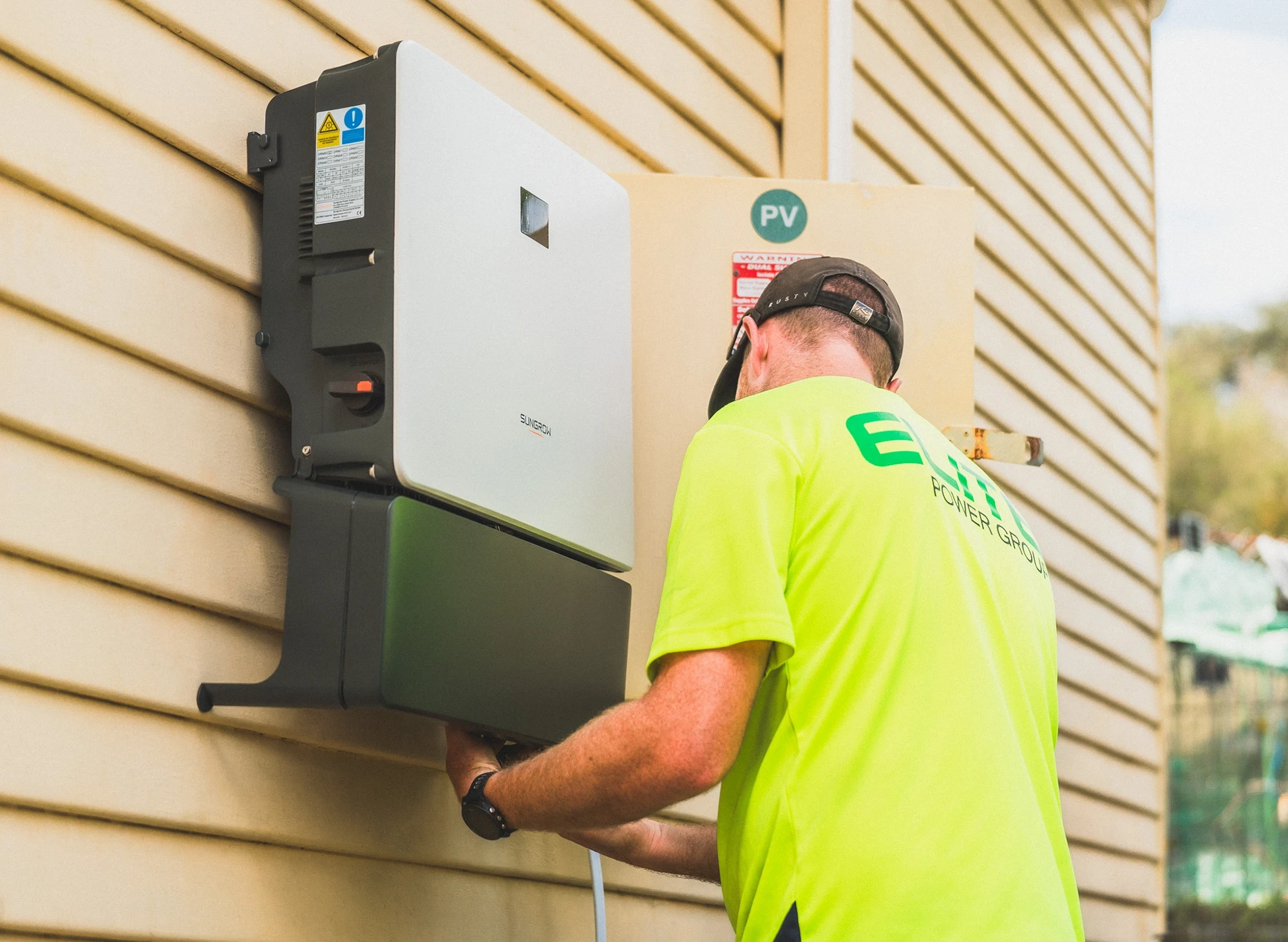
Explore the difference between solar inverter types like grid-tied, hybrid, microinverters, and off-grid inverters for solar and battery systems in Australia.
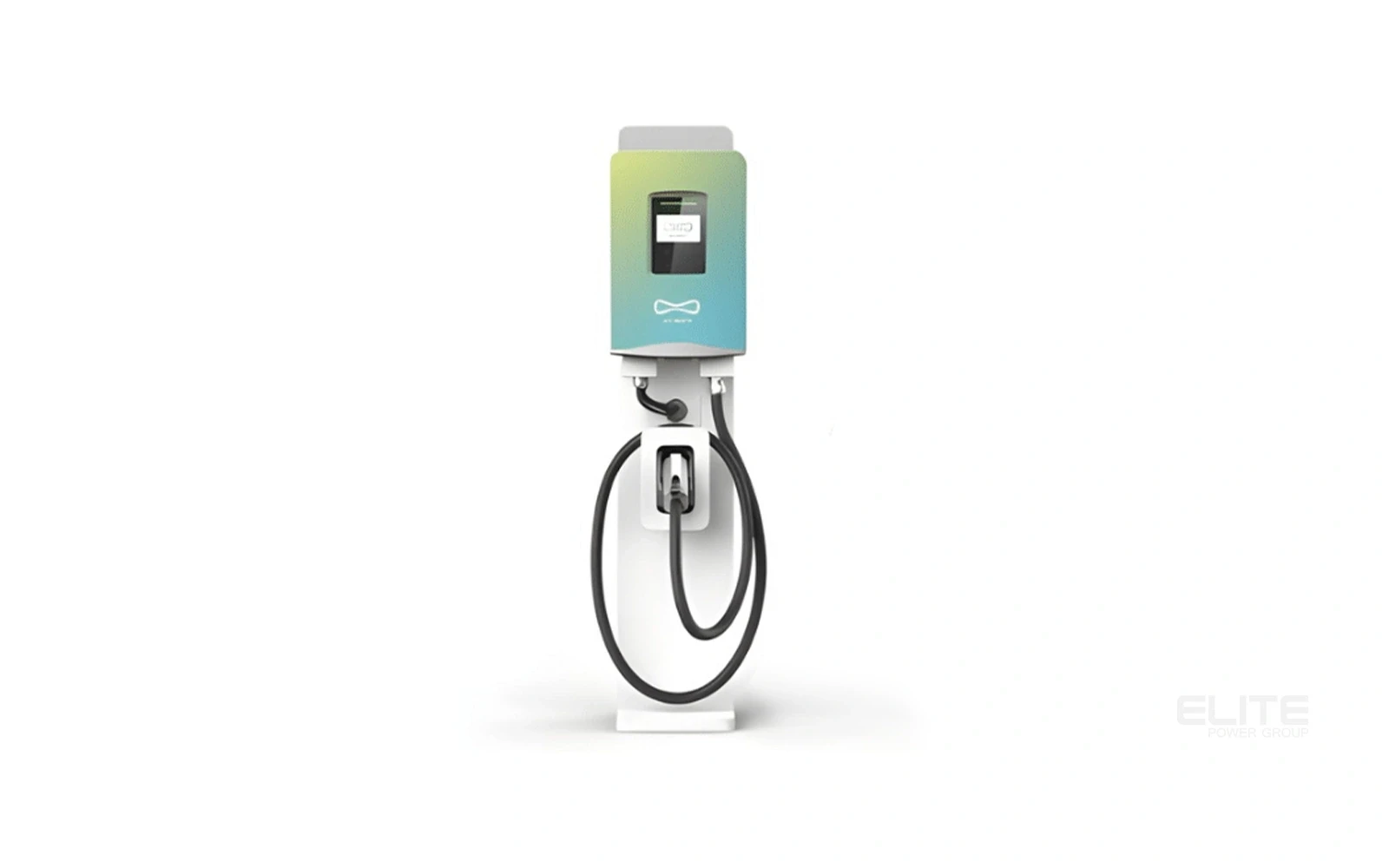
Explore Australia's first CEC-approved bidirectional and vehicle-to-grid capable electric vehicle, the V2Grid Numbat, a 6.2kW V2G/H charger now ready.
Renewable News Articles
Not only are we specialists in solar power, but we pride ourselves in being leading installers in battery
storage, as well as EV charging for homes and businesses. For solar and battery systems, we offer both on and off-grid solutions for a
range of applications.
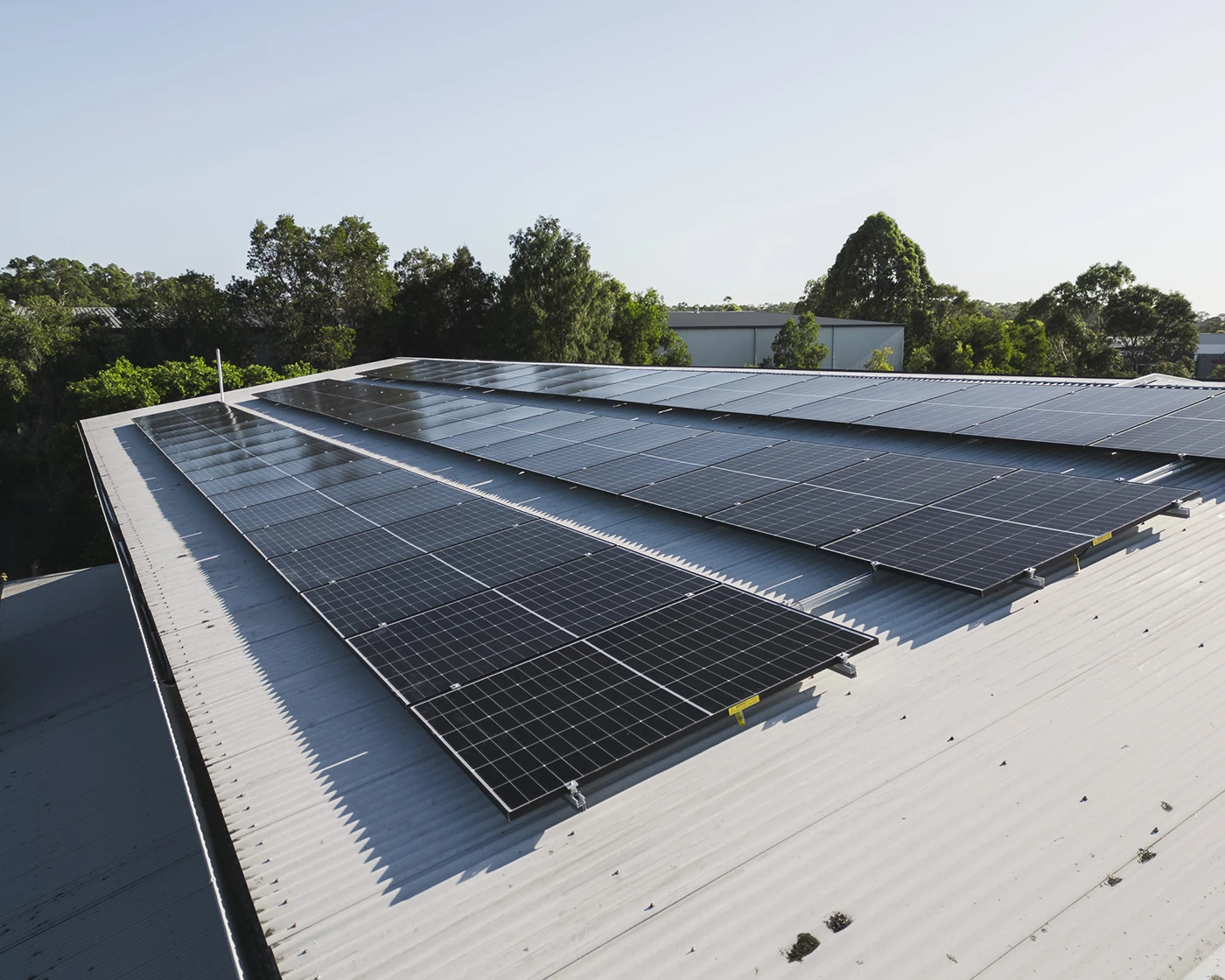
Newcastle's leading solar installers, providing long-lasting residential and commercial rooftop solar systems.
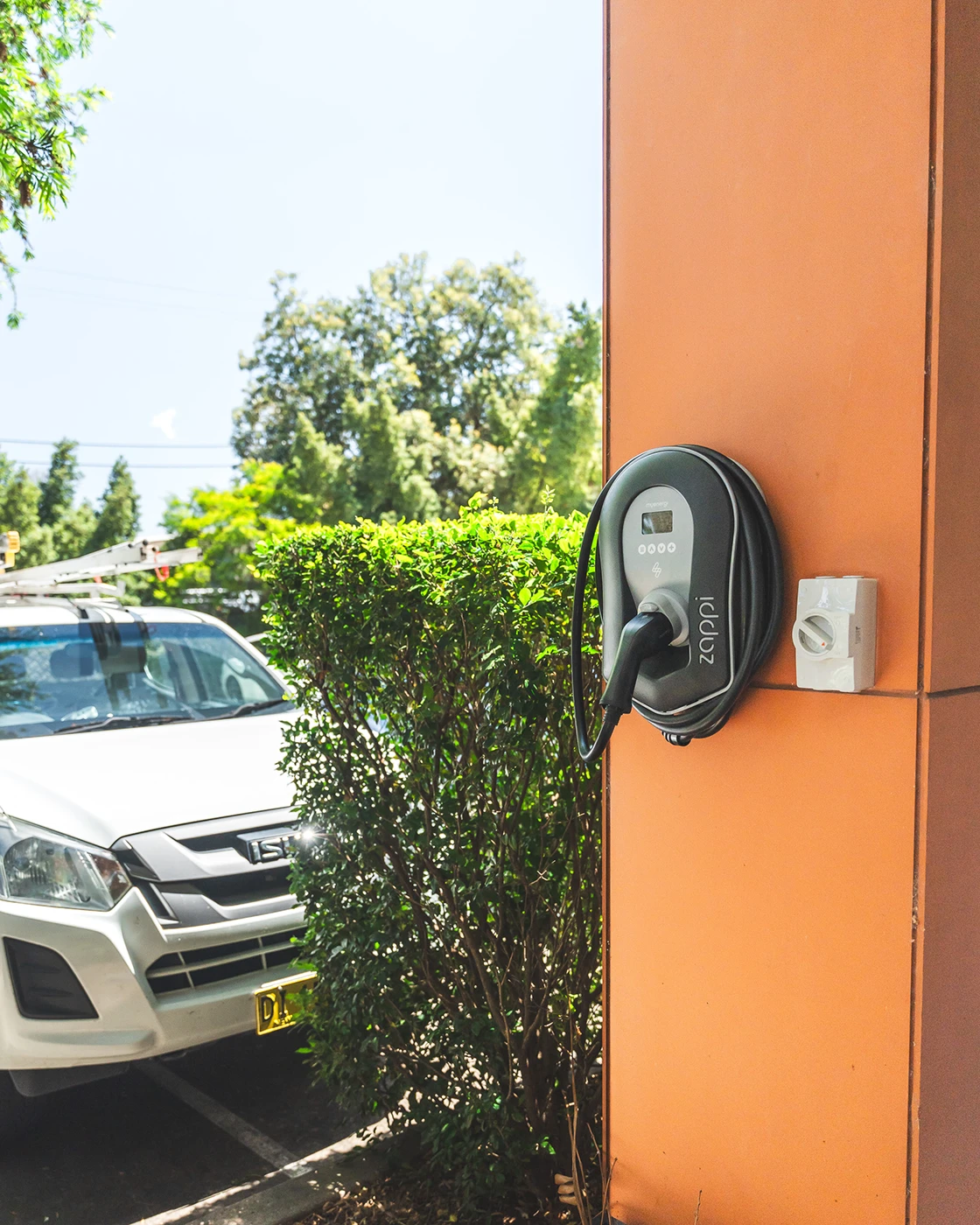
Experts in both residential and commercial electric vehicle charging station installations from 7kW - 360kW+.
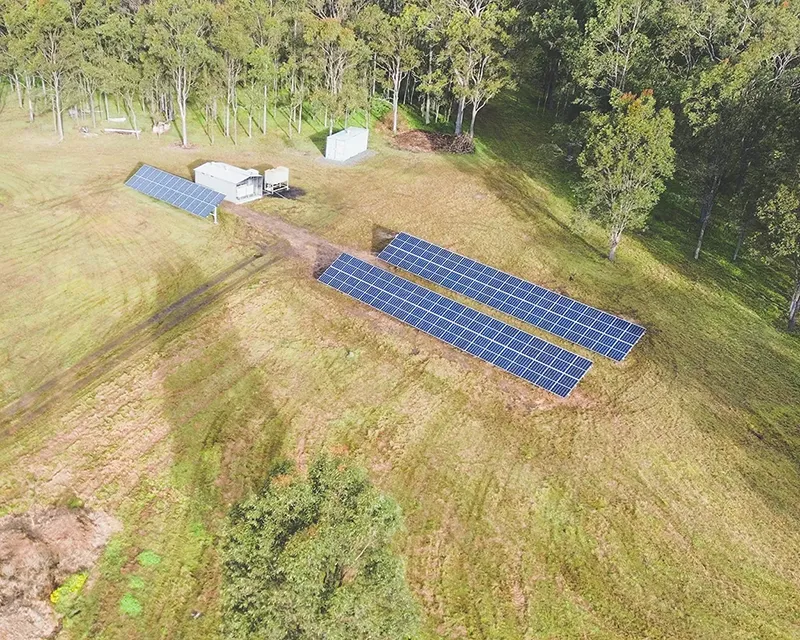
Specialists in off-grid solar and battery, helping properties never have to pay another electricity bill again.
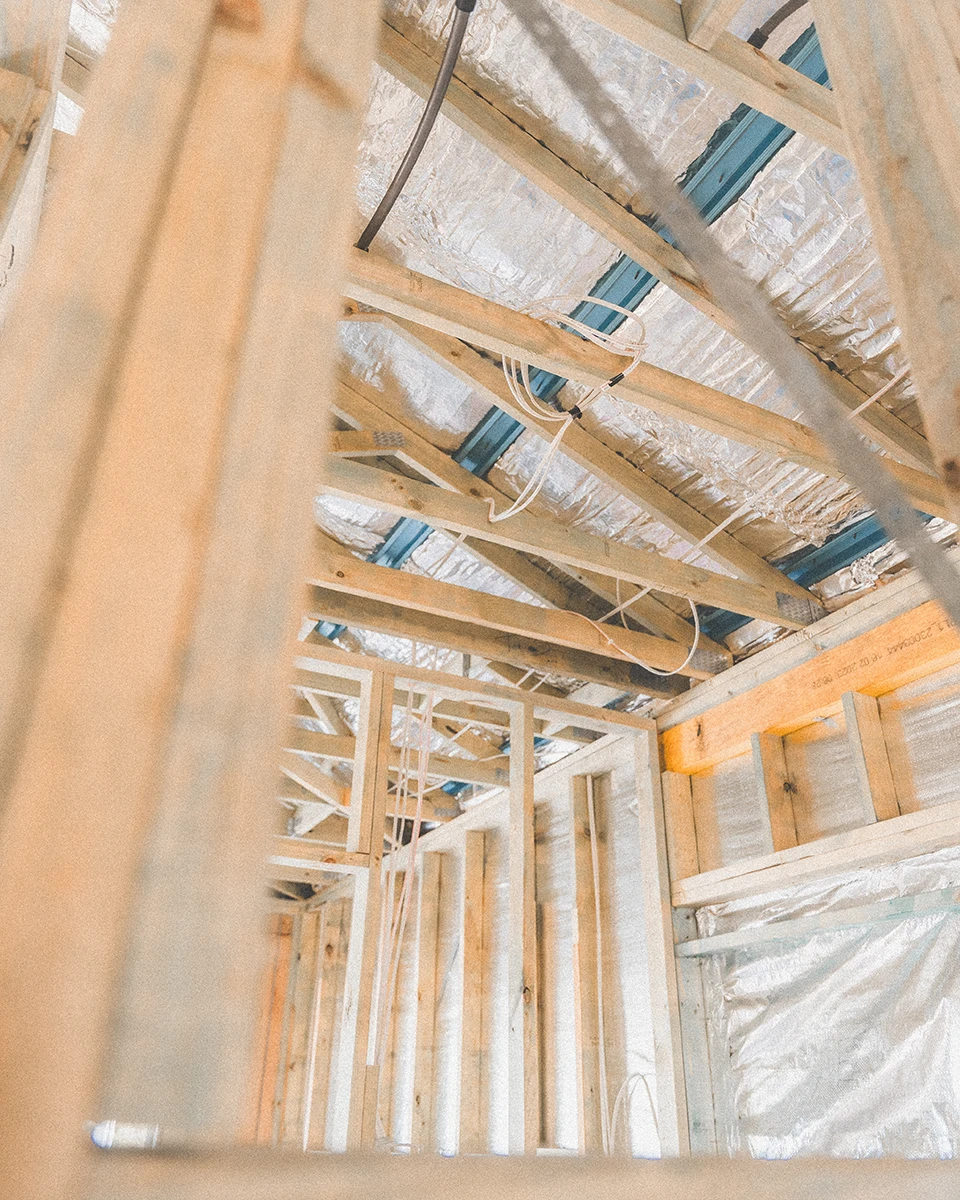
With decades of electrical and industry experience, our fully-qualified & licensed electricians are here to help.
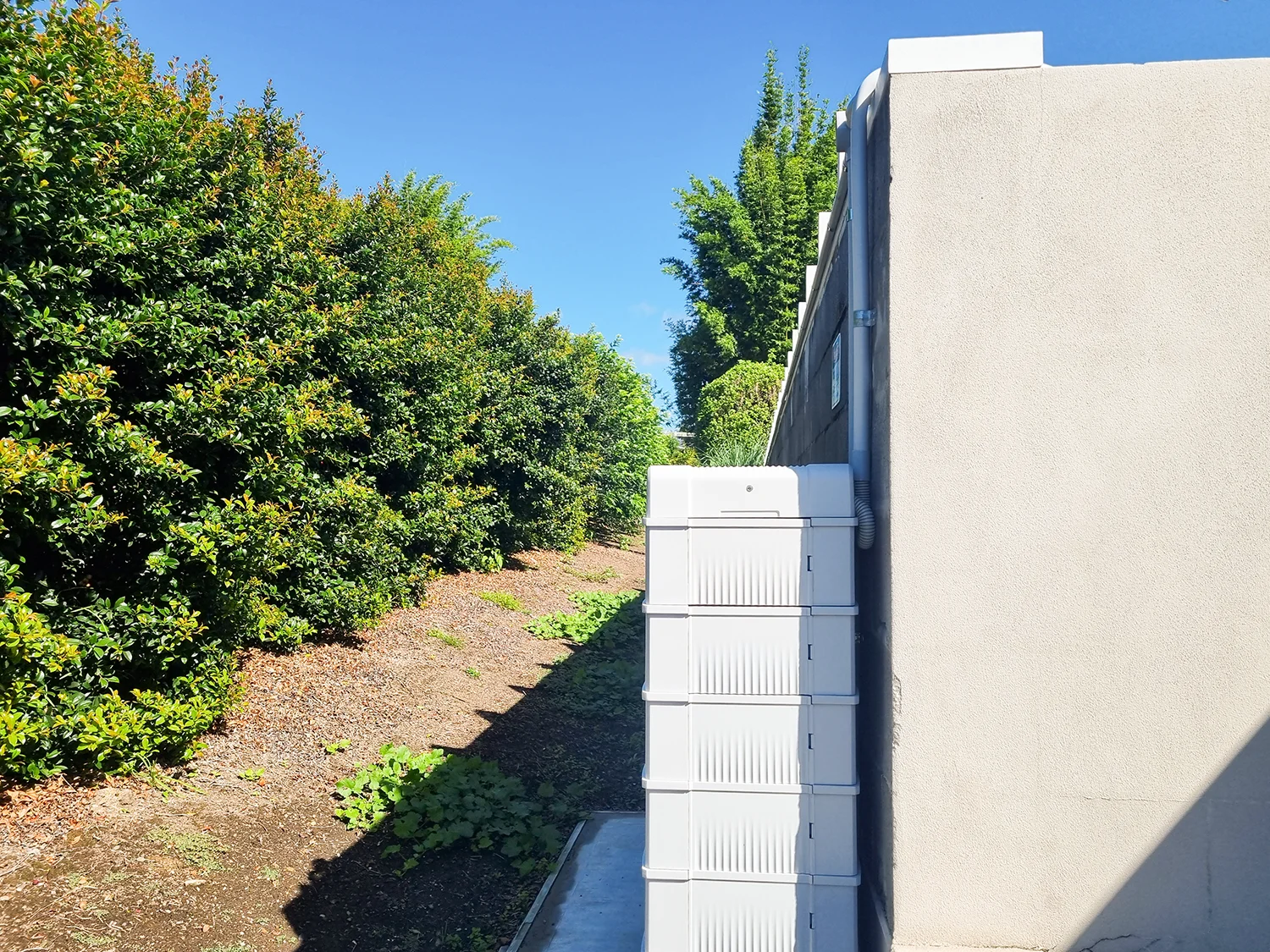
Maximise your solar generation with battery storage from reputable brands to accelerate return-on-investment.
Leave a Comment